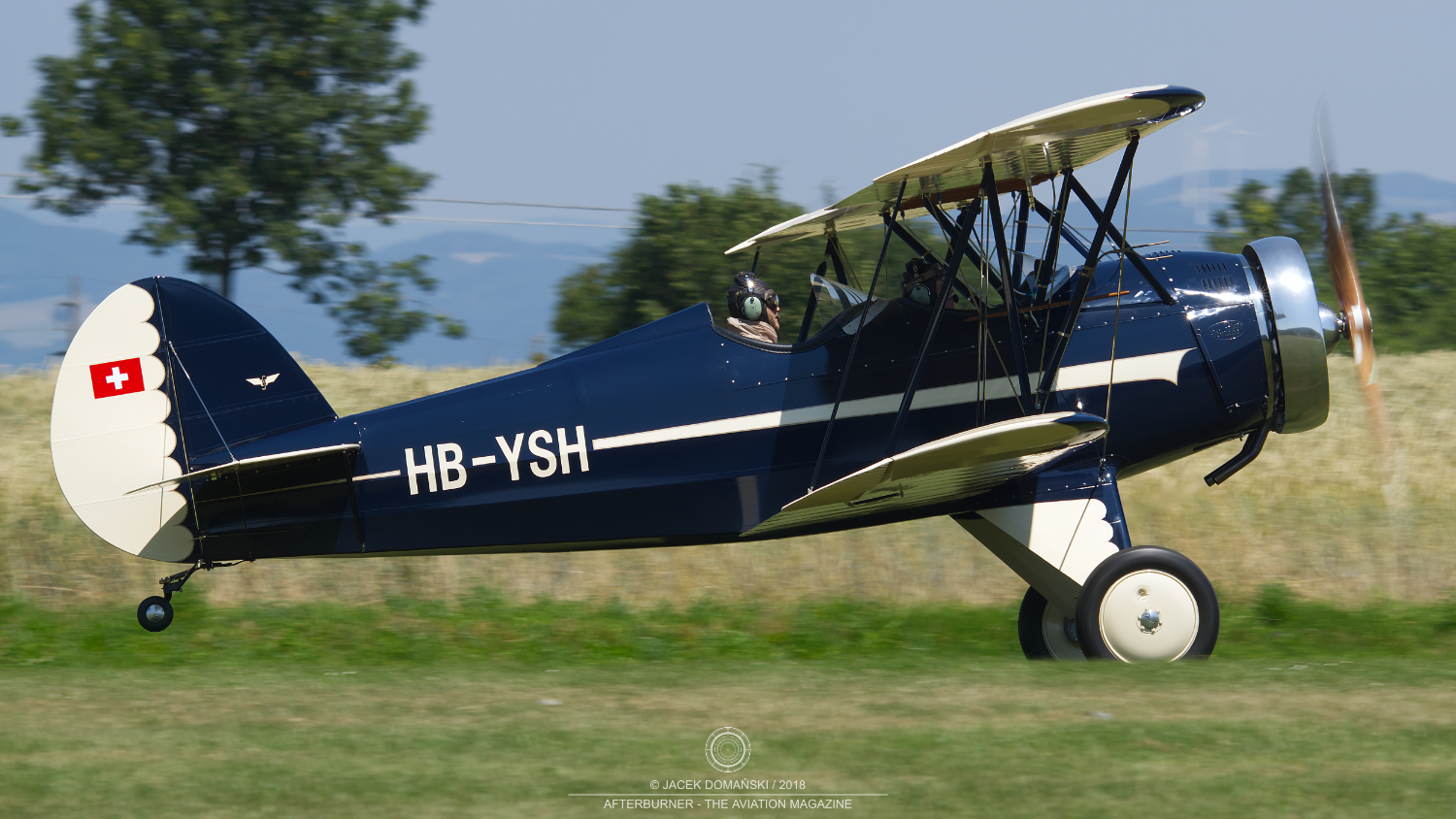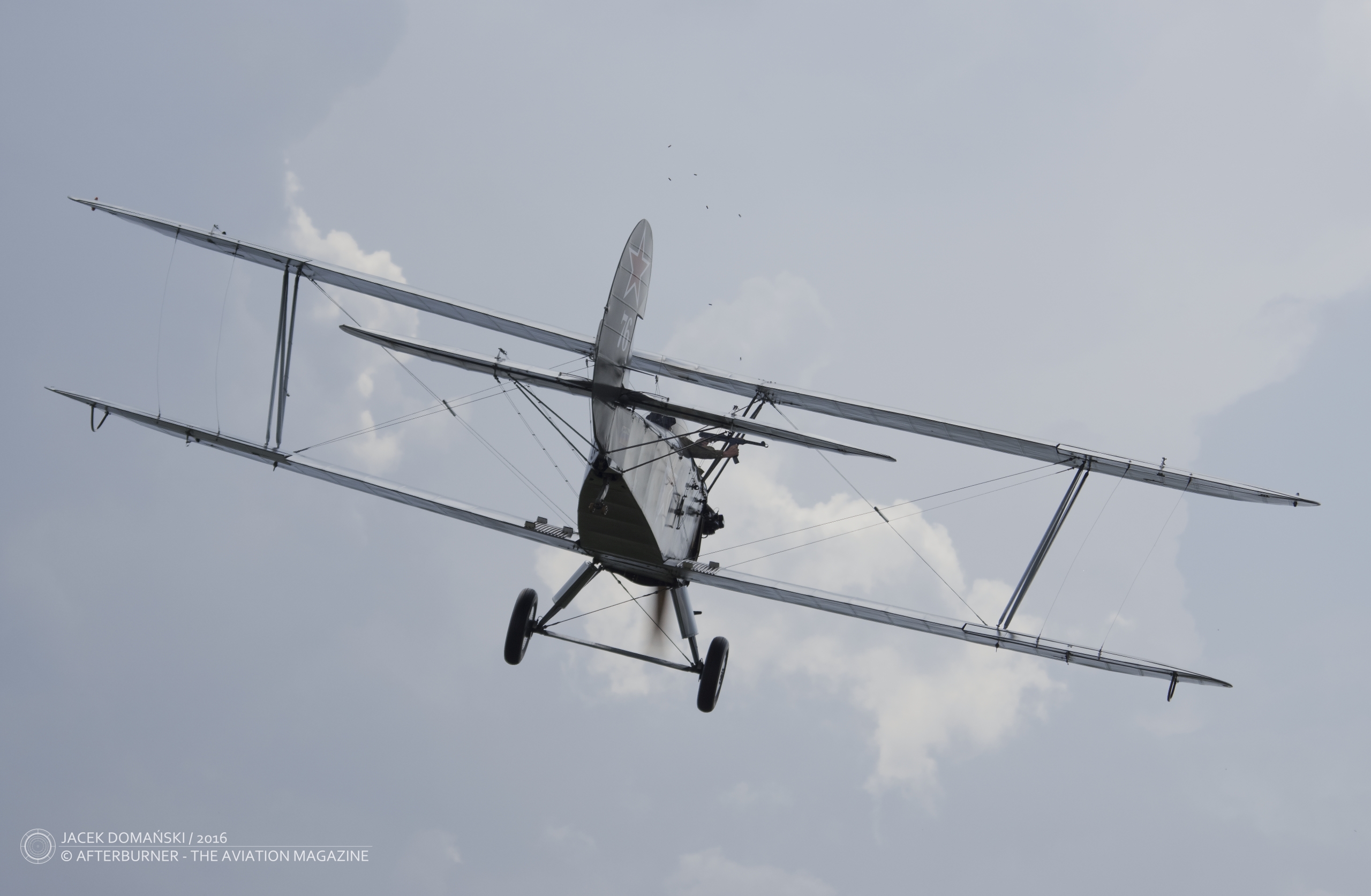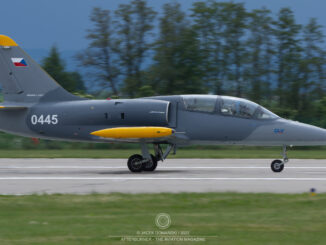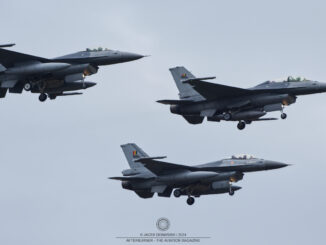 Hatz CB-1 (c/n 78, HB-YSH) landing after the flying display performed during Flugtage Fricktal-Schupfart 2018 airshow, Schupfart, July 2018.
Hatz CB-1 (c/n 78, HB-YSH) landing after the flying display performed during Flugtage Fricktal-Schupfart 2018 airshow, Schupfart, July 2018.
The Hatz biplane was developed in the late 1960s by John Hatz, an American aviator, flying instructor and aircraft mechanic.
John Hatz was born in 1925 and took his first flying lesson yet as a teenager. He later served in the army and subsequently attended Curry’s School of Aeronautics, where he earned pilot and instructor certificates, as well as a licence to work as a maintenance technician. After leaving the school in 1952, the young aviator began working as a flight instructor and aircraft mechanic. Ten years later, Hatz became the manager of Merrill Municipal Airport in Wisconsin.
One of Hatz’s ideas was to build an affordable, two-seat aircraft. He began to realise that dream by rebuilding a Piper J-3 Cub. Next, he aimed to create a less expensive version of the Waco F series, a popular general aviation and military biplane from the 1930s.
In 1968, the Hatz biplane – officially designated the CB-1 – successfully performed its maiden flight. It was a dual-control biplane with seats in tandem configuration. The CB-1 featured wooden wings, a steel-tube fuselage and tail, and was equipped with fixed tailwheel landing gear. During its maiden flight, the biplane was powered by a 65 hp Continental engine.
Initially, Hatz had no intention of building further examples of the aircraft nor sell the concept. However, the situation changed in 1977, when he met Dudley Kelly, who convinced him to create proper drawings of the aeroplane. Bought by the aforementioned investor, the biplane concept shortly was made available for amateur aviators to be built at home.
Over the years, the Hatz biplane became quite popular. It was supplied either as a kit or as plans only and could be powered by various types of light aircraft engines. According to aviation publications, more than 150 examples of the aircraft were built in the United States alone.
John Hatz passed away in 1989, at the age of 64. In recognition of his contribution to the development of amateur aviation, he was inducted into the Wisconsin Aviation Hall of Fame. His biplane concept has survived to this day, and Hatz aircraft are still being built around the world.
One particularly interesting example is the aircraft built by the French aviation enthusiast Michel Pallier. He began constructing his biplane in 1986 and, twenty-two years and thirteen thousand working hours later, it was ready to fly. In 2024, Pallier was awarded the “Best Workmanship” prize at the Euro Fly-in in Brienne-le-Château, France. The following year, he received the official FAI Diploma in recognition of his hand-built Hatz CB-1.
In the 1990s, Billy Dawson from Texas developed a modern version of the aeroplane, known as the Hatz Classic. In 1997, this biplane was named Grand Champion Plansbuilt at the EAA AirVenture in Oshkosh.
The Hatz biplane featured in our Photo of the Week series was built in Switzerland using the aforementioned Hatz Classic kit and drawings. However, the owner made a significant modification to the original design by choosing a radial engine to power the aircraft.
The first flight of the aeroplane, powered by a 150 hp Rotec engine, took place in 2014. The radial engine, together with the attractive two-tone livery, made the biplane resemble the original Waco F series aircraft.



